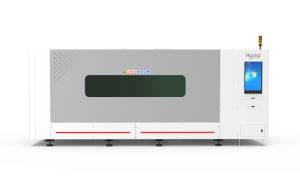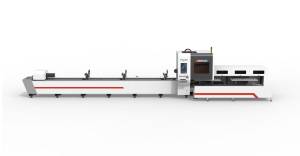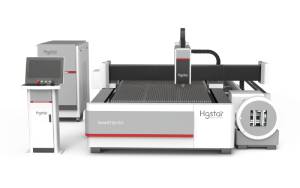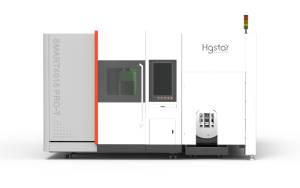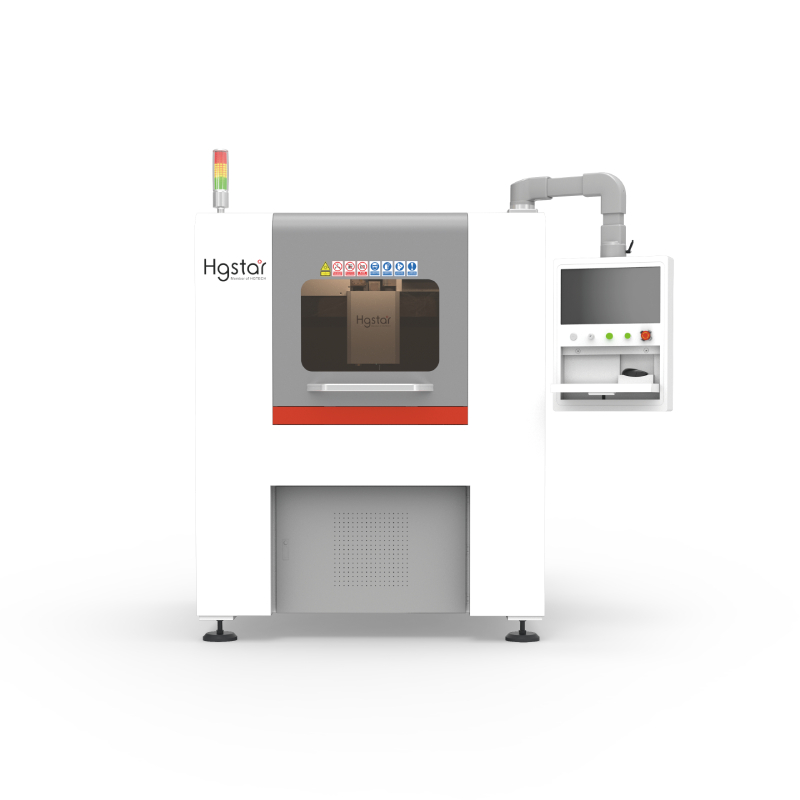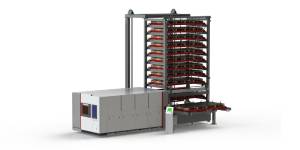News
What is laser cutting? What can be done
In the 1970s, lasers were first used for cutting. laser cutting machine is more commonly used in modern industrial production lines for sheet metal, plastics, glass, ceramics, semiconductors, textiles, wood and paper, and other materials processing.
The use of laser cutting in precision machining and micro-machining will also see significant growth in the coming years.
Laser Cutting
When a focused laser beam strikes a workpiece, the temperature of the irradiated area rises sharply, melting or vaporizing the material. The cutting process begins when the laser beam penetrates the workpiece: the laser beam moves along the contour line while melting the material. Typically, a jet of air is used to blow the melt away from the incision, leaving a narrow gap almost as wide as the focused laser beam between the cut part and the plate frame.
Flame Cutting
When cutting mild steel, flame cutting is a standard process that uses oxygen as the cutting gas. Up to 6 bar of pressure is applied to the incision before oxygen is blown into it. The heated metal reacts with oxygen and begins to burn and oxidize. The chemical reaction generates a lot of energy (up to five times the laser energy) to help the laser beam cut.
Fusion Cutting
Melt cutting is another common method of metal cutting. Other fusible materials, such as ceramics, can also be cut with it.
As a cutting gas, nitrogen or argon is used, and gas at a pressure of 2-20 bar is blown through the incision. Because argon and nitrogen are inert gases, they do not react with the molten metal in the incision and simply blow it to the bottom. At the same time, inert gas can protect the cutting edge from oxidation caused by air.
Compressed Air Cutting
Compressed air can be used to cut thin plates as well. The molten metal in the incision can be blown away by increasing the air pressure to 5-6 bar. Because nearly 80% of the air is nitrogen, compressed air cutting is essentially fusion cutting.
Plasma Assisted Cutting
Plasma clouds will appear in the plasma-assisted melting and cutting incision if the parameters are set correctly. Ionized metal vapor and ionized cutting gas make up the plasma cloud. The plasma cloud absorbs the CO2 laser’s energy and transforms it into the workpiece, transferring more energy to the workpiece and causing the material to melt faster, resulting in faster cutting. As a result, this cutting method is also known as high-speed plasma cutting.
Because the plasma cloud is transparent to the solid laser, plasma-assisted melting and cutting can only be performed with a CO2 laser.
Vaporization Cutting
Vaporization cutting evaporates the material as much as possible, minimizing the thermal effect on the surrounding materials. Continuous CO2 laser processing can be used to evaporate materials with low heat and high absorption, such as thin plastic films and infusible materials like wood, paper, and foam, to achieve the aforementioned effect.
This technology can now be applied to other materials thanks to ultrashort pulse lasers. The metal’s free electrons absorb the laser and rapidly heat up. Because the laser pulse does not interact with the molten particles and plasma, the material directly sublimates, and there is no time for energy to be transferred to the surrounding materials in the form of heat. There is no visible thermal effect, melting, or burr formation when the picosecond pulse ablates the material.
Parameters: adjust the processing process
Many parameters influence the laser cutting process; some are dependent on the laser’s and machine tool’s technical performance, while others are variable.
Degree of Polarization
The degree of polarization indicates what percentage of the laser light is converted. The typical degree of polarization is generally around 90%. This is sufficient for high-quality cutting.
Focus Diameter
The focal diameter affects the width of the incision, and the focal diameter can be changed by changing the focal length of the focusing lens. A smaller focal diameter means a narrower incision.
Focus Position
The focal position determines the diameter of beam and power density on the surface of the workpiece and the shape of the incision.
Laser Power
The laser power should match the processing type, material type and thickness. The power must be high enough that the power density on the workpiece exceeds the processing threshold.
Operating Mode
The continuous mode is mainly used to cut standard contours of metals and plastics from millimeters to centimeters in size. In order to melt the perforation or produce a precise contour, a low-frequency pulsed laser is used.
Cutting Speed
The laser power and cutting speed must match each other. Cutting speeds that are too fast or too slow will result in increased roughness and burr formation.
Nozzle Diameter
The diameter of the nozzle determines the flow and shape of the gas jetted from the nozzle. The thicker the material, the larger the diameter of the gas jet, and correspondingly, the larger the diameter of the nozzle.
Gas Purity and Pressure
Oxygen and nitrogen are often used as cutting gases. The purity and air pressure affect the cutting effect.
When using oxygen flame cutting, the gas purity needs to reach 99.95%. The thicker the steel plate, the lower the gas pressure used.
When using nitrogen for melting and cutting, the gas purity needs to reach 99.995% (ideally 99.999%), and higher air pressure is required for melting and cutting thick steel plates.
Technical Data Sheet
In the early stage of laser cutting, users must decide the setting of processing parameters by themselves through trial operation. Now, mature processing parameters are stored in the control device of the cutting system. For each material type and thickness, there are corresponding data. The technical parameter table allows even those who are not familiar with this technology to operate the laser cutting equipment smoothly.
Laser Cutting Quality Evaluation Factors
There are many criteria for judging the quality of laser cut edges. Standards such as burr form, depression, and grain can be judged with the naked eye; verticality, roughness and cut width need to be measured with special instruments. Material deposition, corrosion, heat affected area and deformation are also important factors to measure the quality of laser cutting.
A bright future
The continued success of laser cutting has outpaced most other companies. This trend continues today. In the future, the future of laser cutting equipment will be increasingly promising.







